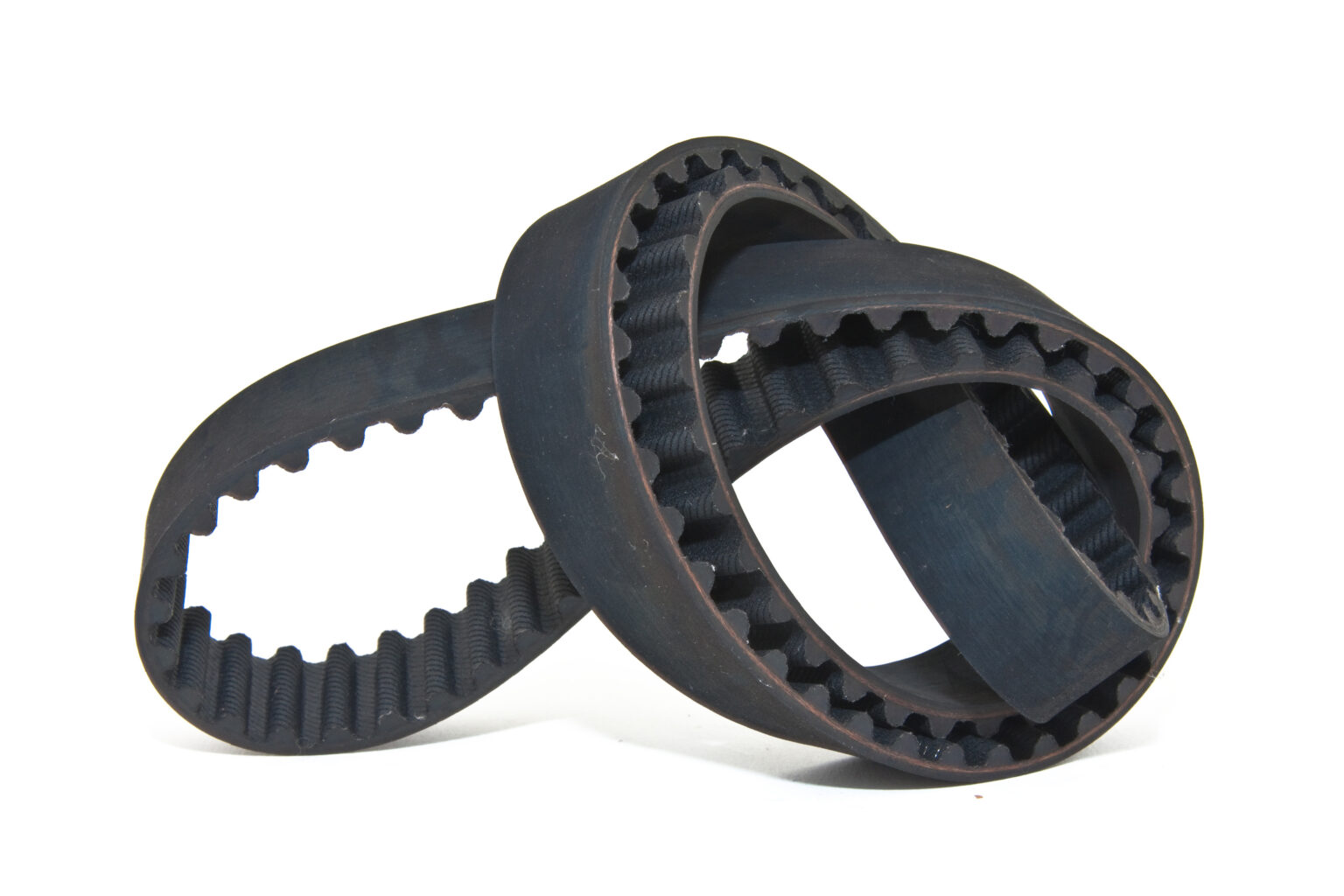A timing belt plays a vital role in the well-being of your car and its health can be critical to the running of your vehicle. Most people delay replacing their timing belts as it is a pretty big expenditure. However, getting your timing belt replaced on time can save you a lot of money and heartache.

Here’s everything you need to know about your timing belt and when you should get it replaced.
But before that let’s understand what a timing belt actually does:
What Does a Timing Belt Do?
The timing belt of your car is a part of the internal combustion engine and plays an important role in synchronizing the engine’s functions. The belt controls the movement of the camshaft and the crankshaft. It is also responsible for the movement of the several valves of the engine, thus regulating the passage of air and gas causing fuel combustion in the engine.
Most importantly, the belt controls the movement of the valves in tandem. In case of a failure, your engine could shut down causing your car to break down.
Signs That the Timing Belt Needs To Be Replaced
The best way to prevent the breakdown of your timing belt is to ensure that it is checked during a servicing routine for the following damages:
Material Loss and Belt Abrasion: Material loss in a timing belt is similar to that of a tire. In case there is the transportation of heavy load or in wet weather, the belt could sustain wear and tear which leads to loss of traction. This could cause the belt to slip.
In the case of belt abrasion, the timing belt could wear down to its filaments. This usually happens due to bearing failure, pulley misalignment, or excessive heat.
Cracking of Material: In very simple terms, your belt could develop cracks on the topside or underside. If your mechanic spots cracks in the timing belt, you need to have the issue addressed on priority.
Glazing: Your timing belt could develop a shiny surface. This indicates the belt isn’t providing as much flexibility and has gone stiff. This calls for immediate replacement.
Pilling of material: The material that your timing belt loses due to wear and tear could pile up in the rib cross-sections. This could cause vibrations and belt noises.
Hydroplaning: When water cannot be dispensed from the warm belt and pulleys, it causes the belt to hydroplane. This can cause power loss to your engine accessories.
These are just some of the issues that are indicative of wear and tear in your timing belt. Mechanics usually recommend replacement of the timing belt anywhere between 60,000 to 100, 000 miles.
The best way to ensure that you do not face issues due to a timing belt breakdown is by taking proactive action. Ask your mechanic to check your timing belt during services. Also, do ensure that your mechanic is using the best auto spare parts.
Connect With Us for The Best Auto Spare Parts!
If you are looking for the best auto parts, you can get in touch with Krishna Auto Electric. We offer the highest quality products including Contitech belts, Contitech timing belts, Delco Remy starters, Delco Remy Alternators, etc. For more information, you can call us at +91 98 25063530 or write to us at krishnaautoelectric@yahoo.com.
Also Read:
